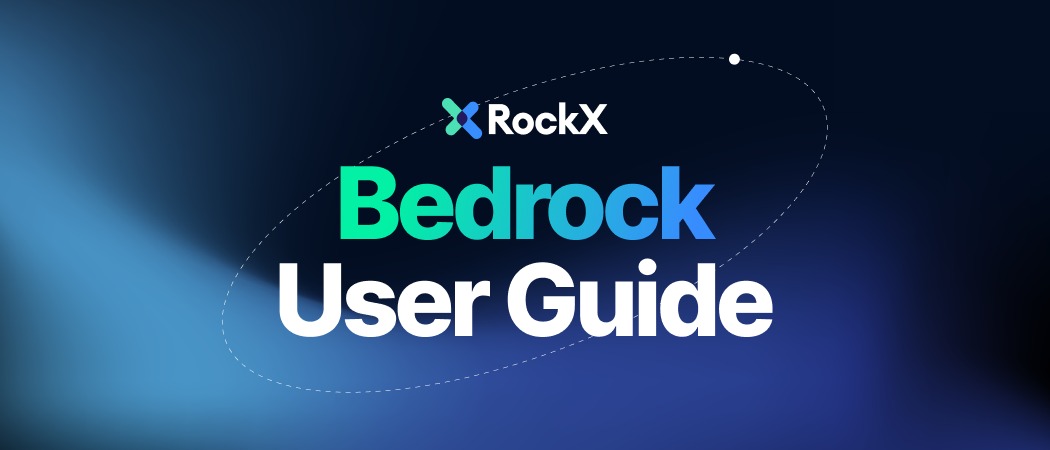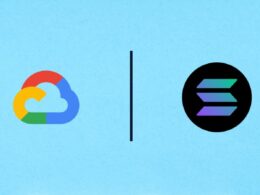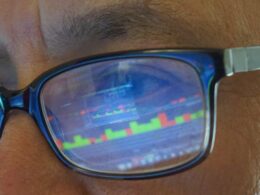RockX has launched Bedrock, the company’s proprietary liquid staking protocol. Bedrock boasts the latest, enterprise-grade security and thoroughly audited smart contract by industry-leading firm Peckshield.
Bedrock’s first product, liquid staking on Ethereum, is currently live and available for anyone to use. Users may receive Universal ETH (uniETH) tokens by staking ETH on Bedrock.
How Bedrock Balances CeFi and DeFi
Bedrock can be used by anyone. It was created with the special needs of institutional clients in mind, while not overlooking the retail sector. Keeping in mind the ever-tightening regulatory environment, Bedrock strikes a balance between upholding strict regulatory standards and allowing anonymity for individual stakers who simply want to participate in DeFi. Bedrock was thoughtfully designed to be geared toward those looking for maximum capital efficiency using crypto-native yield, but who do not want to run their own validator nodes or worry about regulations and compliance. With that in mind, the trifecta that makes up Bedrock is security, transparency, and decentralization.
Security
Bedrock was built to be the first liquid staking protocol to be compatible with secret shared validator (SSV) technology. This splits the validator key among several non-trusting nodes, thus increasing decentralisation, fault-tolerance, and security within the protocol. Additionally, hybrid cloud architecture and backup nodes are employed to ensure the avoidance of a single point of failure. There are also 24/7 monitoring systems put in place to ensure nodes are always online. The Bedrock protocol has also been audited by Peckshield – an industry-leading audit firm.
Transparency
In addition to being audited by Peckshield, the Bedrock protocol is also open-source and available for anyone to view and audit for themselves. All minting to uniETH and any future uniTOKENS will be done on-chain and is easily verifiable through Etherscan. On the users’ side, anyone can see how much they’ve staked, their rewards, and view anything they’d like about Bedrock’s smart contract or the uniETH token on-chain or via their Bedrock dashboard.
Decentralization
Bedrock is fully built on-chain and as aforementioned, has fully transparent smart contracts for anyone to view. On top of this, Bedrock’s delegation mechanism aims to help make Ethereum as decentralized as possible by distributing ETH across as wide of a validator network as possible.
How to Use Bedrock
Step 1: Launch Bedrock
Start by heading to the Bedrock homepage and clicking “Launch App”. You may also learn more about uniETH by clicking the button next to it. uniETH is Bedrock’s liquid staking token users will receive in exchange for staking ETH.
Step 2: Connect Metamask
Click on “Connect Wallet”. On the pop-up notification, select the Metamask account you’d like to connect, and then click “Connect” to confirm.
Step 3: Stake ETH
To stake, simply click on the “Stake” button. Then, enter the amount of ETH you’d like to stake on Bedrock, then click “Stake my ETH”. A confirmation screen will appear. Please check that the amount of ETH you’d like to stake is correct, then click “Stake”. This will prompt another Metamask pop-up. Confirm this transaction on Metamask by clicking “Confirm” on the pop-up. Finally, click “OK” to finalise the transaction on Bedrock.
Step 4: Add uniETH to Your Wallet
You may add your uniETH to your Ethereum wallet by scrolling back up and clicking on the “+” sign next to your staked amount. You can then add the uniETH token to your wallet and start using uniETH.
Get Started With Bedrock Liquid Staking
Learn more about Bedrock by reading through its homepage, or learn more about uniETH by reading this guide. uniETH’s supply is always verifiable on-chain – you may view the token here.
We hope you are as excited about Bedrock as we are, and enjoy liquid staking on Bedrock.









